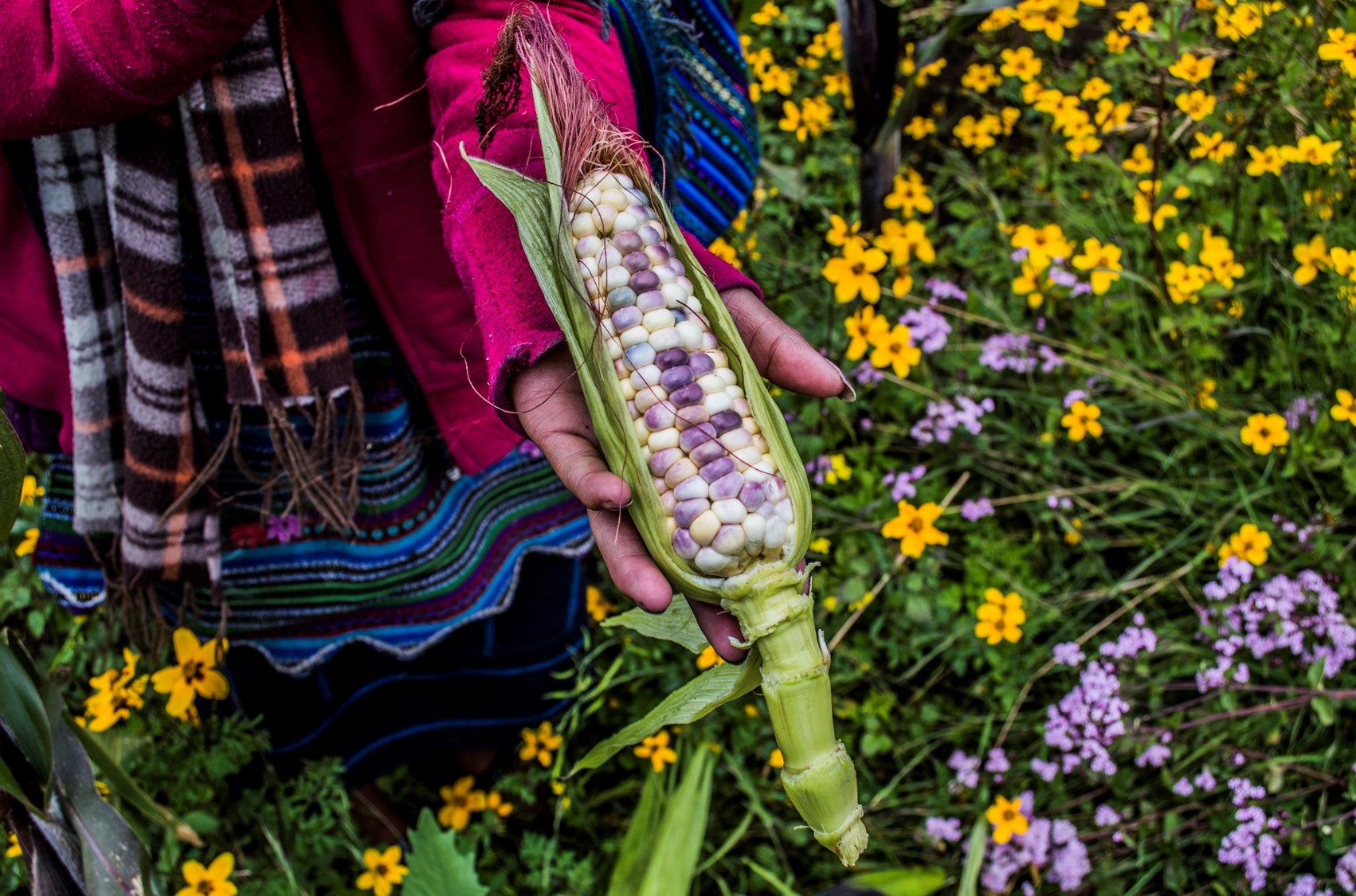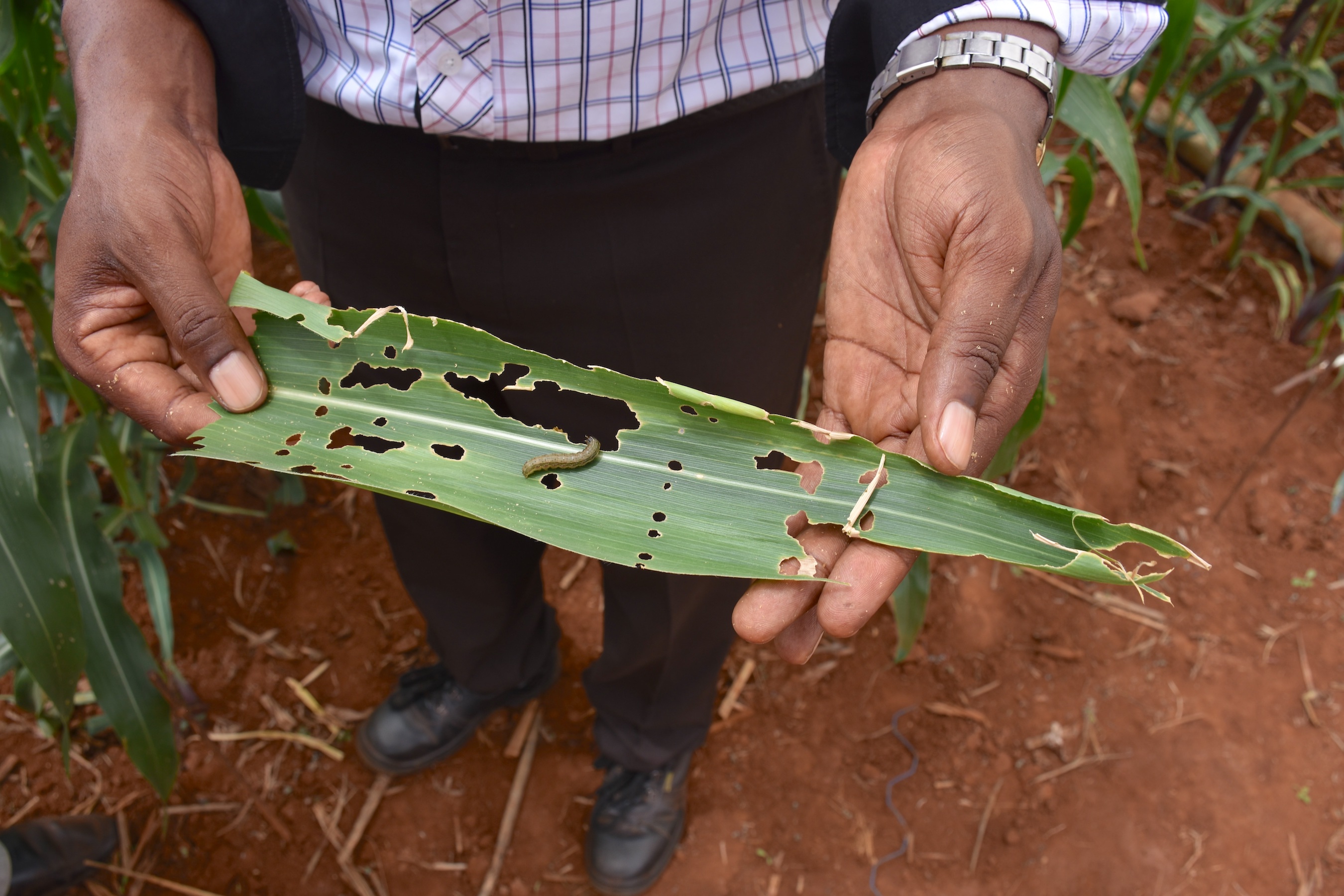Health has certainly been in the spotlight over the past year. And how could it not be?
The ongoing COVID-19 pandemic has thrown into sharp relief the fact that many groups across the world struggle to make ends meet with little daily income, have poorer housing conditions and education, fewer employment opportunities, and have little or no access to safe environments, clean water and air, food security and health services.
In light of this, the World Health Organization (WHO) is calling on leaders worldwide to ensure that everyone has living and working conditions that are conducive to good health. For many the focus will, understandably, be on access to quality health care services. But there are myriad other factors that influence our ability to lead healthy lives — from how we care for our soil, to what we eat and the air we breathe.
Joining this year’s World Health Day campaign, the International Maize and Wheat Improvement Center (CIMMYT) is highlighting five areas where it pays to think about health, and the solutions we can use to help build a healthier world for everyone.
It starts with soil
Crop yields fall dramatically when soil conditions aren’t right, but digital nutrient management tools providing tailored fertilizer recommendations can boost farmers’ profits and productivity while reducing emissions.
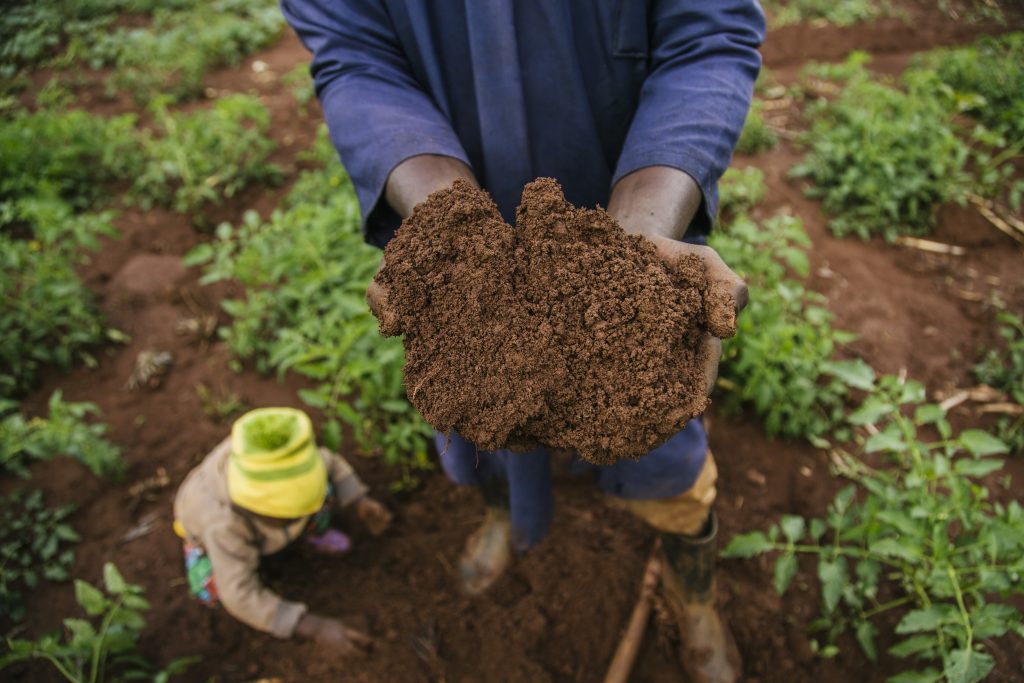
Robust germplasm
How do we ensure that germplasm reserves are not potential vectors of pest and disease transmission? The second instalment in the CGIAR International Year of Plant Health Webinar Series tackles the often-overlooked issue of germplasm health.
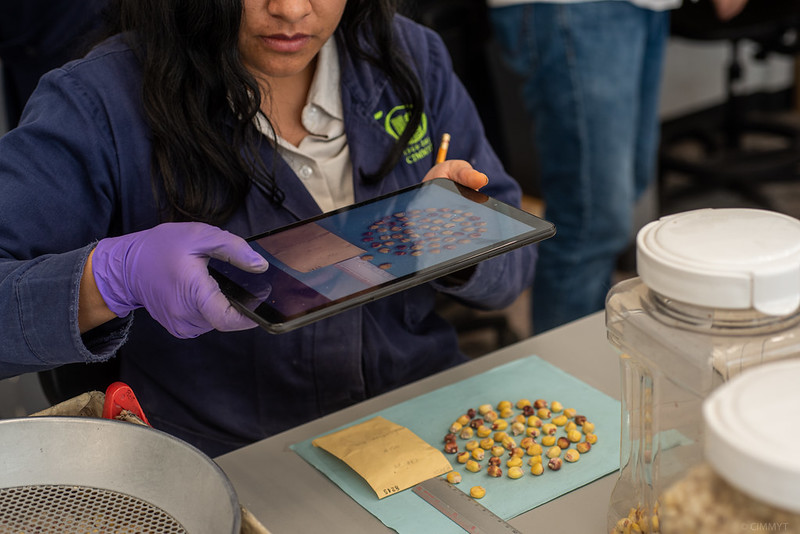
Quality feed
By growing maize simultaneously for both human consumption and quality animal feed, farmers can get the most out of their crops and conserve natural resources like land and water.
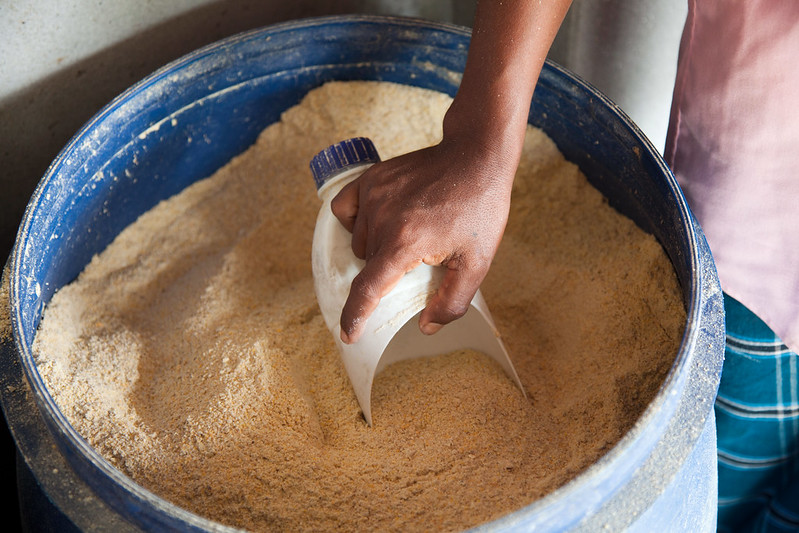
Feeding communities
The traditional milpa intercrop — in which maize is grown together with beans, squash or other vegetable crops — can furnish a vital supply of food and nutrients for marginalized, resource-poor communities in the Americas.
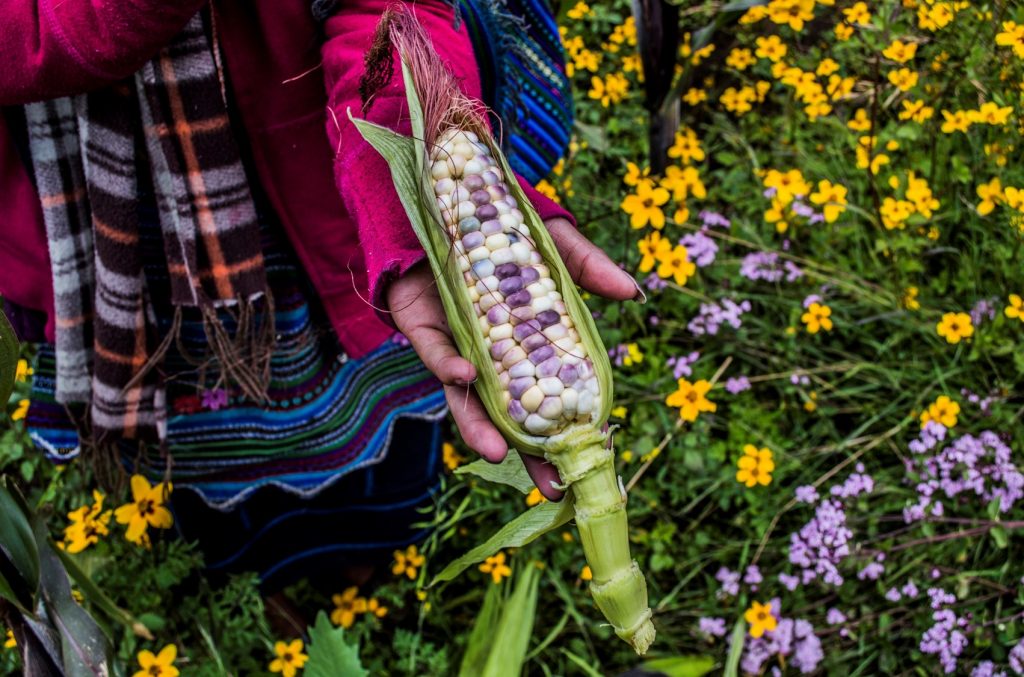
A healthy planet
Compared to conventional tillage practices, sowing wheat directly into just-harvested rice fields without burning or removing straw or other residues can reduce severe air pollution while lessening irrigation needs.
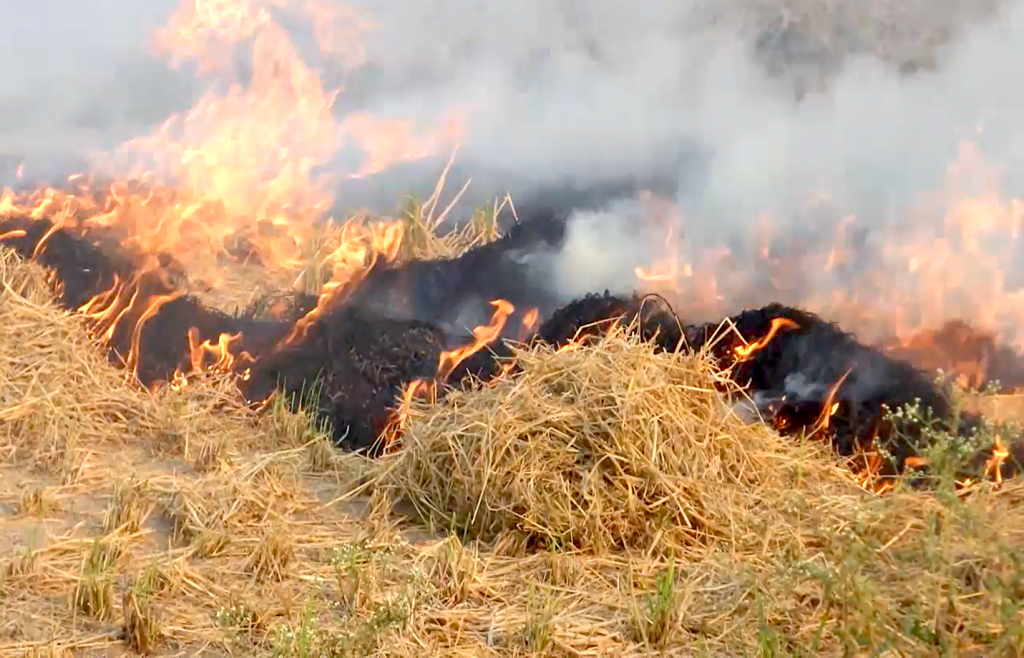
Interested in learning more about CIMMYT’s health-related work? Check out our archive of health and nutrition content.
Featured image: A farmer inspects a drought-tolerant bean plant on a trial site in Malawi. (Photo: Neil Palmer/CIAT)
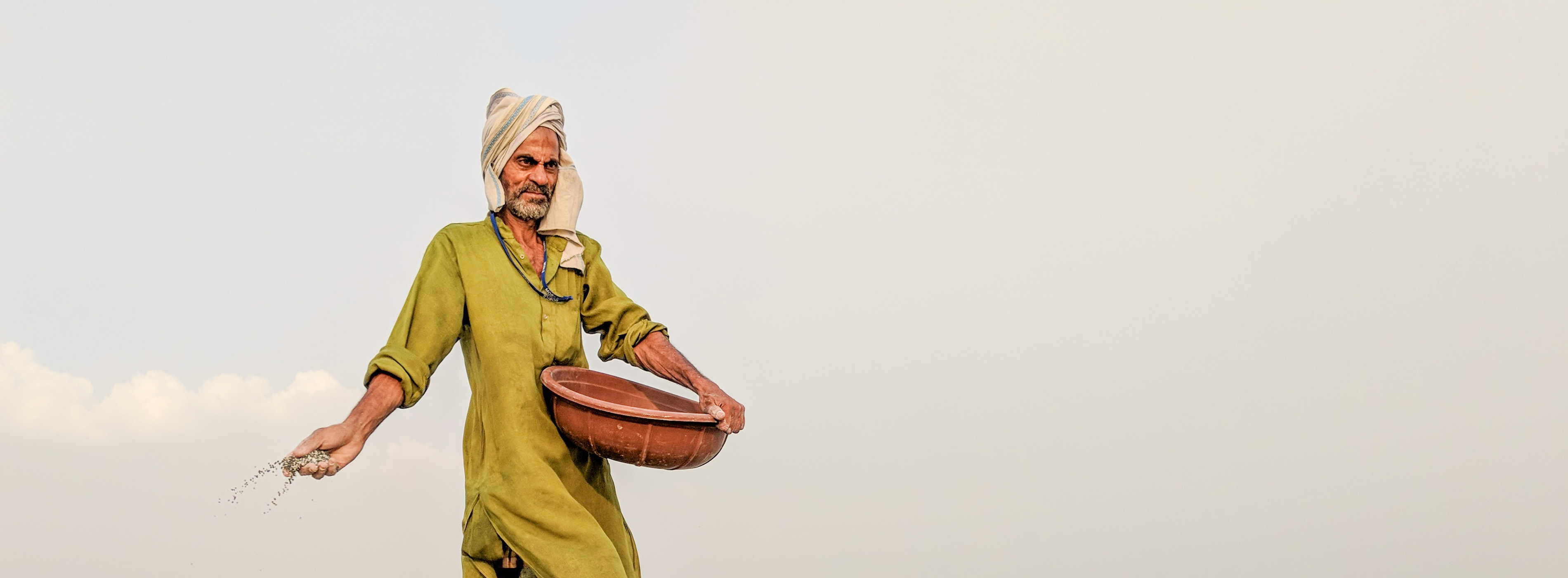
 Climate adaptation and mitigation
Climate adaptation and mitigation 